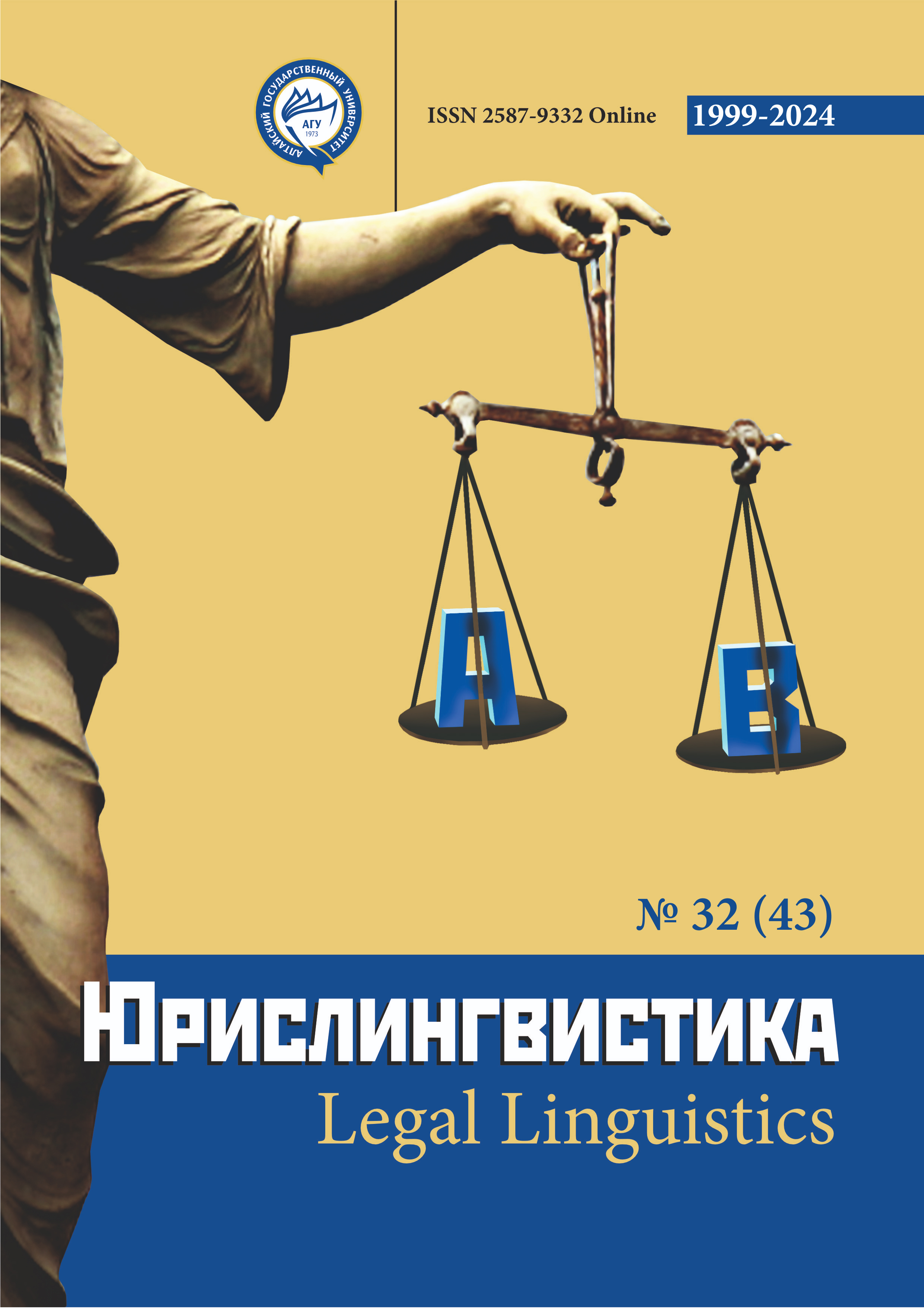On a New Conceptual Approach to Liability for Sexual Assault
УДК 343.54 , ББК 67.408.113
Abstract
The article presents the author’s sum up on the main provisions of the Russian criminal law policy in regard to sexual safety. The issues of criminalization of sexual relationships, discrimination of liability for them, penalties and qualifications are touched upon. The proposed approaches to criminalization and differentiation of liability are justified from the position of understanding the object of such crimes and the public danger of actions that cause harm. One of the grounds proposed for differentiating liability for sexual assault is the type of sexual act performed - with or without penetration into the body of the victim or perpetrator. Since only in the cases indicated in the article, the level of public danger of non-violent acts of a sexual nature and sexual abuse of victims from fourteen to sixteen years of age is deemed sufficient for their criminalization, it is proposed to establish the appropriate corpus delicti of an administrative offense in the Code of Administrative Offenses of the Russian Federation and the corpus delicti of a crime with prejudgment in the Criminal Code of the Russian Federation. A new system of qualifying characteristics of sexual crimes has been proposed. In order to increase the criminal legal guarantees of a defender who is a victim of a violent sexual crime, it is recommended to add Art. 37 of the Criminal Code of the Russian Federation with the corresponding content. A new approach to the development of norms on liability for sexual assault is proposed, taking into account the need of law enforcement practice for norms that meet the requirements of formal certainty. The shortcomings of the sanctions of the norms on liability for sexual assault are noted and ways to improve them are proposed. Proposals have been formulated to make it possible to produce a uniform practice of applying the proposed norms to the interpretation of subjective elements of such crimes, violence, the helpless state of the victim, the signs of a criminal conspiracy.
Downloads
Metrics
References
Бимбинов А.А. Изнасилование и насильственные действия сексуального характера: качество закона и вопросы квалификации // Всероссийский криминологический журнал. 2018. Т. 12. № 6. C. 896- 904.
Гусарова М.В. Насильственные действия сексуального характера и развратные действия // Уголовное право. 2023. № 7 (155). С.19-24.
Изотова М., Островецкая Ю. Проблемы применения законодательства об ответственности за ненасильственные сексуальные посягательства на несовершеннолетних // Уголовное право. 2013. № 4. С. 15-21.
Кондрашова Т.В. Развратные и иные действия сексуального характера: понятие и соотношение // Российский юридический журнал. 2020. № 1 (130). С. 72-81.
Плаксина Т.А. Санкции за насильственные преступления против половой неприкосновенности малолетних: вопросы совершенствования // Вестник Томского государственного университета. Право. 2022. № 46. С. 67-70
Тыдыкова Н.В. О проблеме криминализации добровольных действий сексуального характера, совершаемых с лицами в возрасте от 14 до 16 лет // Криминалист. 2024. № 1. С. 101-108.
Тыдыкова, Н.В. О некоторых проблемах установления беспомощного состояния потерпевших в насильственных половых преступлениях // Уголовное право. 2023. №9. С. 73-80.
Шарапов Р.Д. Преступное насилие. М., 2009. 496с.
Шарапов Р.Д. Актуальные вопросы квалификации насильственных преступлений // Уголовное право. 2015. № 1. С. 112-124.
Copyright (c) 2024 Надежда Тыдыкова

This work is licensed under a Creative Commons Attribution 4.0 International License.
The authors, which are published in this journal, agree to the following conditions:
1. Authors retain the copyright to the work and transfer to the journal the right of the first publication along with the work, at the same time licensing it under the terms of the Creative Commons Attribution License, which allows others to distribute this work with the obligatory indication of the authorship of this work and a link to the original publication in this journal .
2. The authors retain the right to enter into separate, additional contractual agreements for the non-exclusive distribution of the version of the work published by this journal (for example, to place it in the university depository or to publish it in a book), with reference to the original publication in this journal.
3. Authors are allowed to post their work on the Internet (for example, in a university repository or on their personal website) before and during the review process of this journal, as this may lead to a productive discussion, as well as more links to this published work (See The Effect of Open Access).











